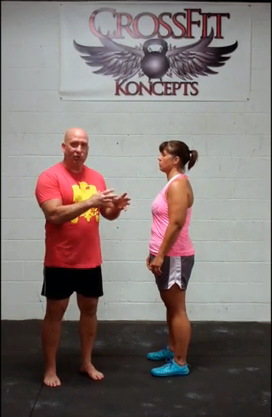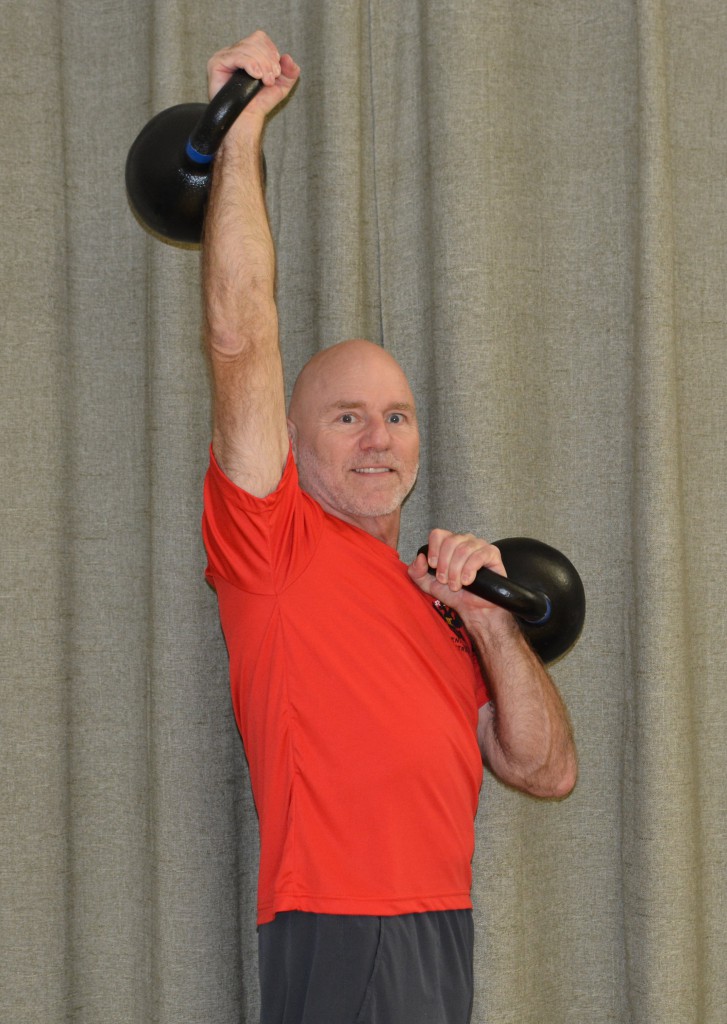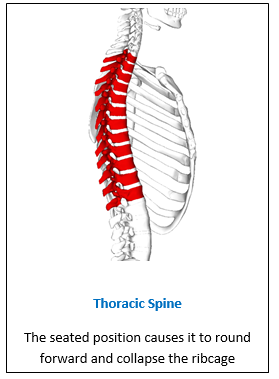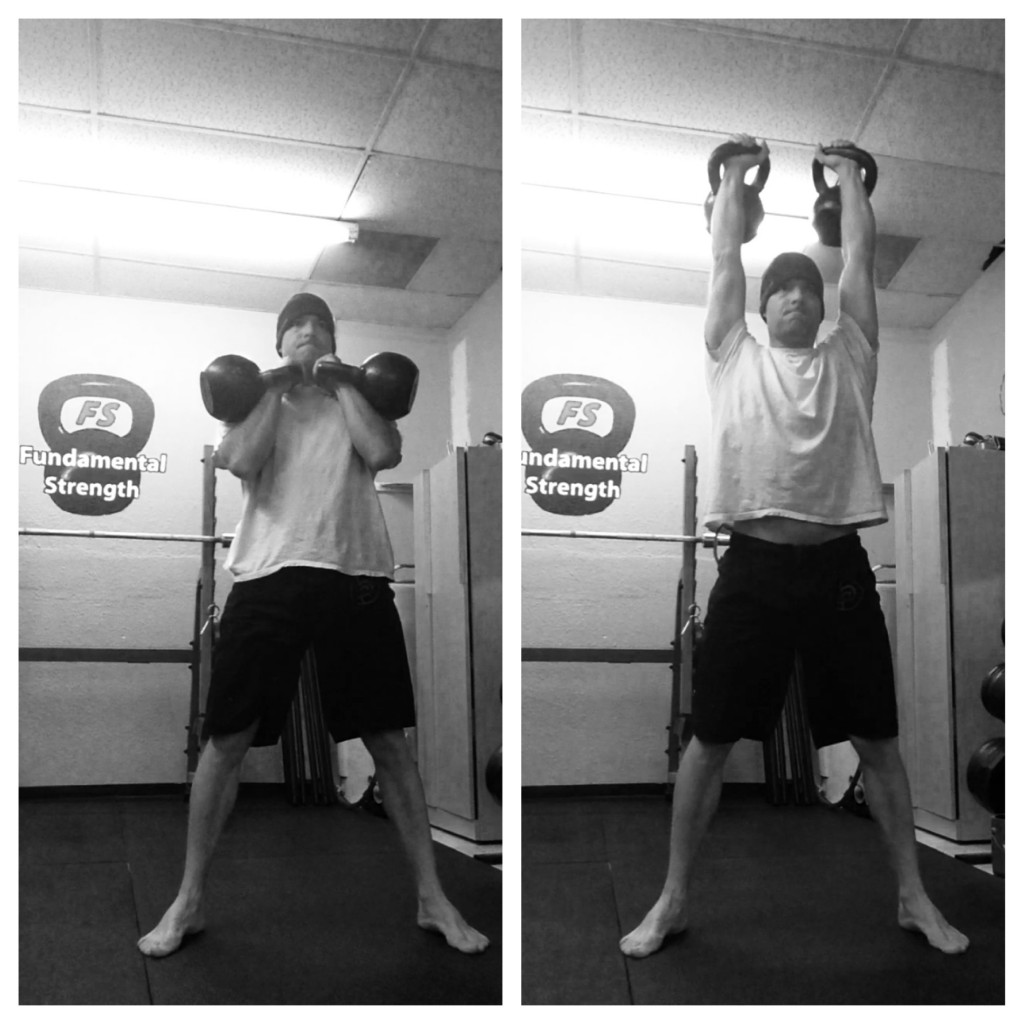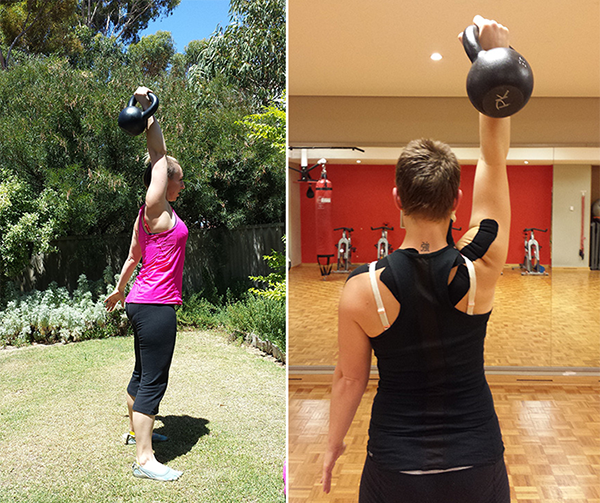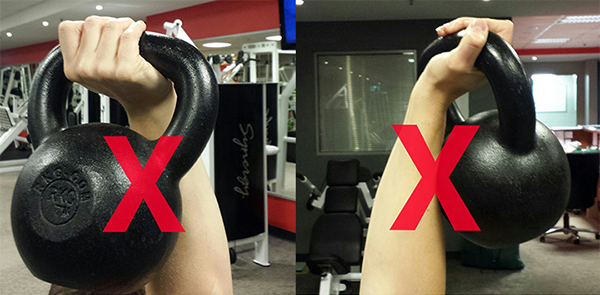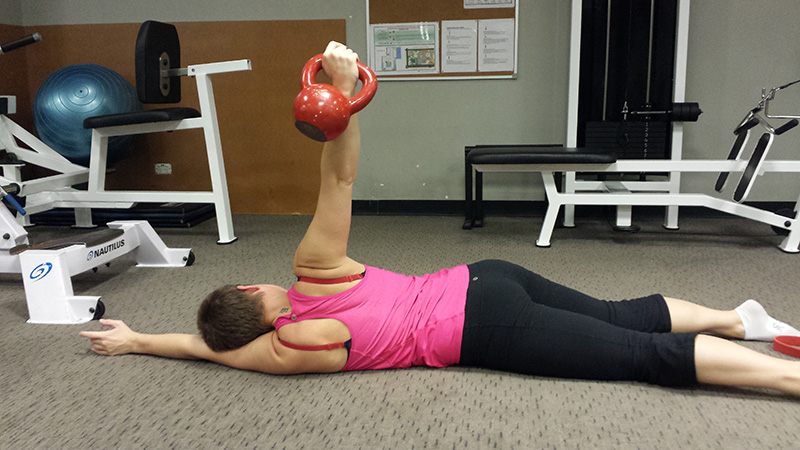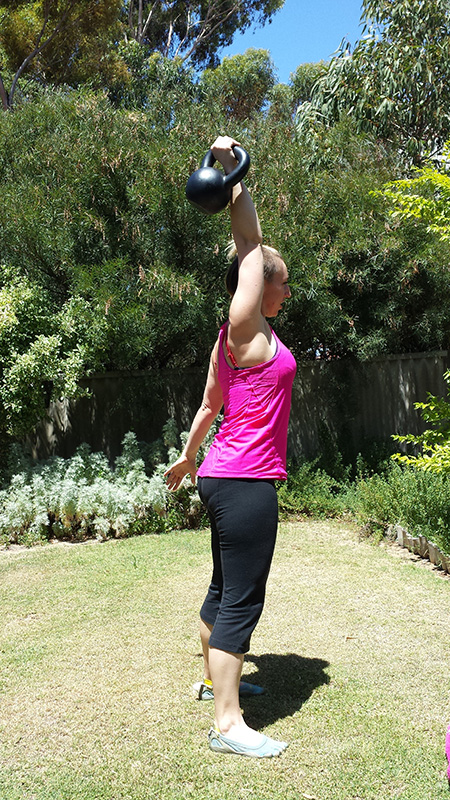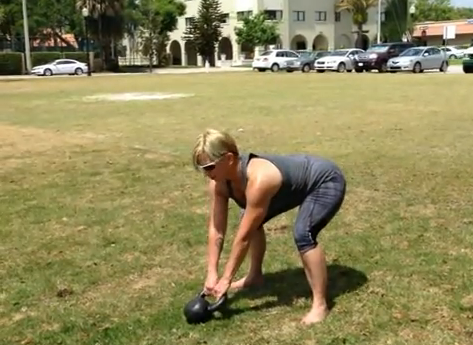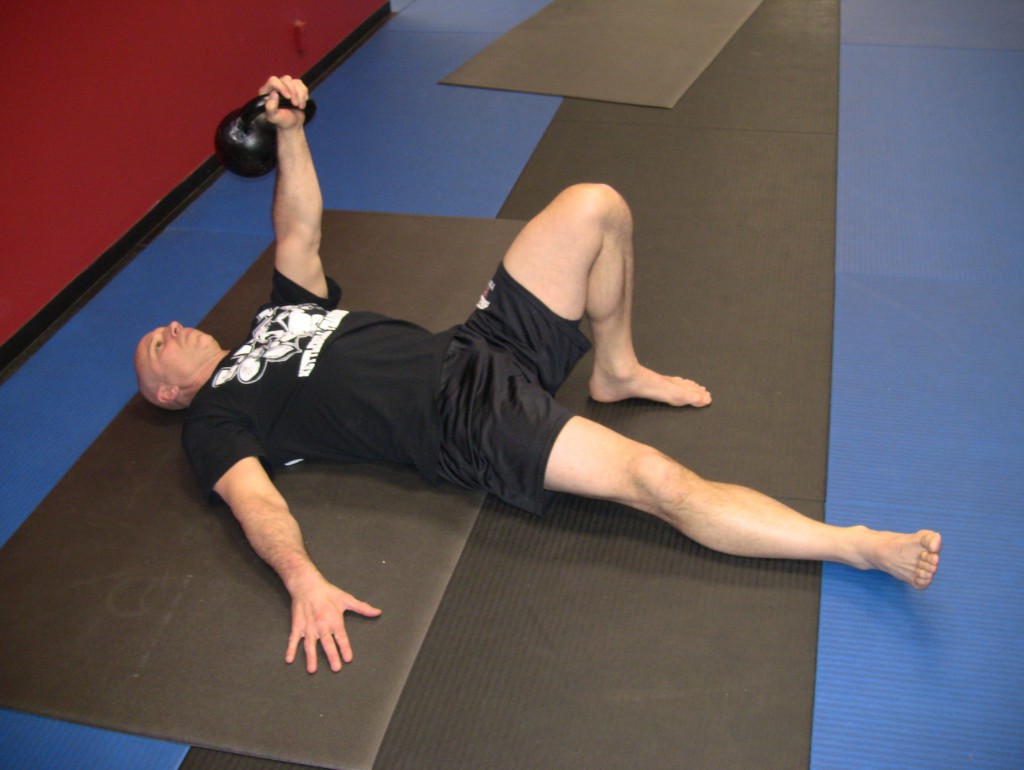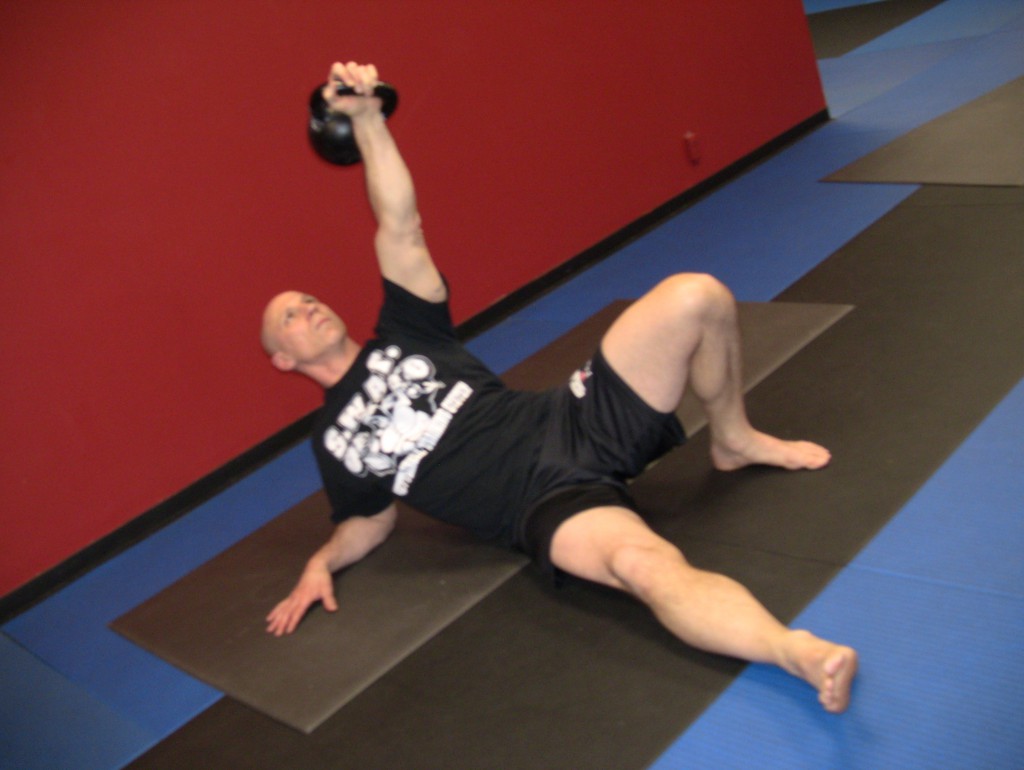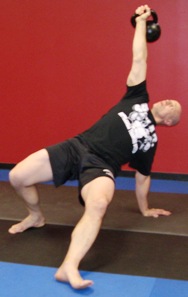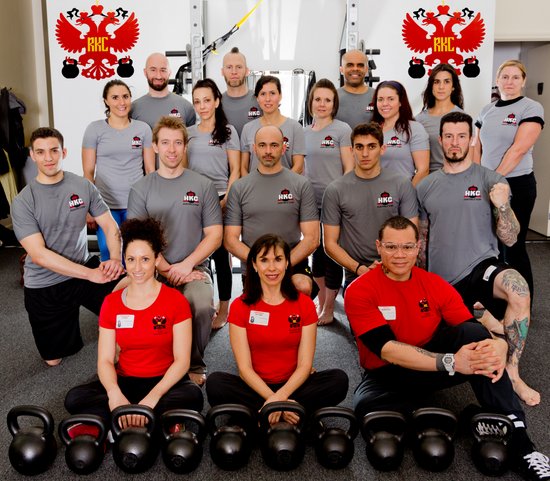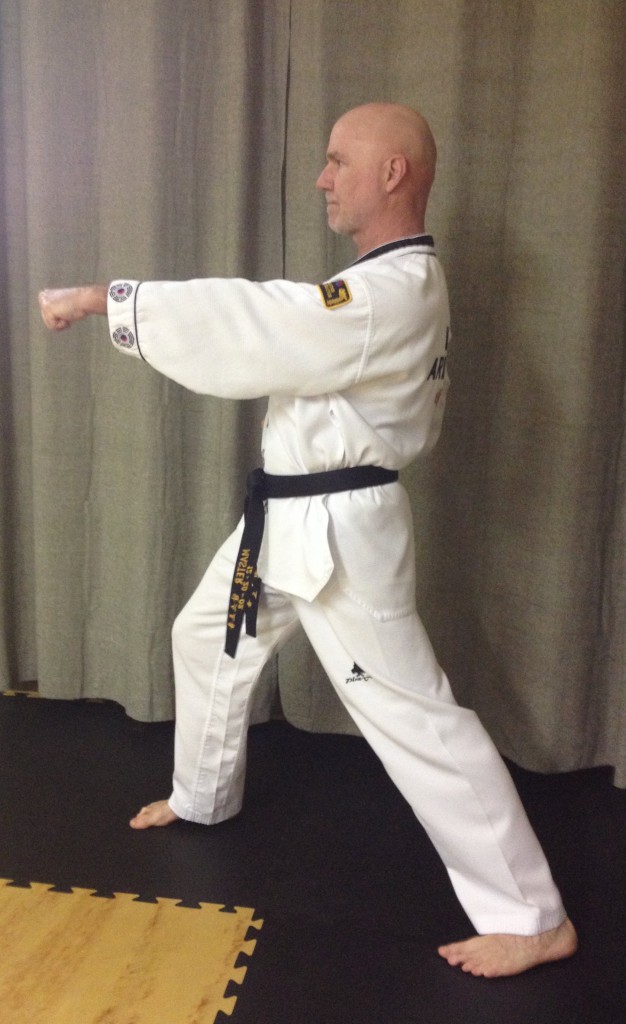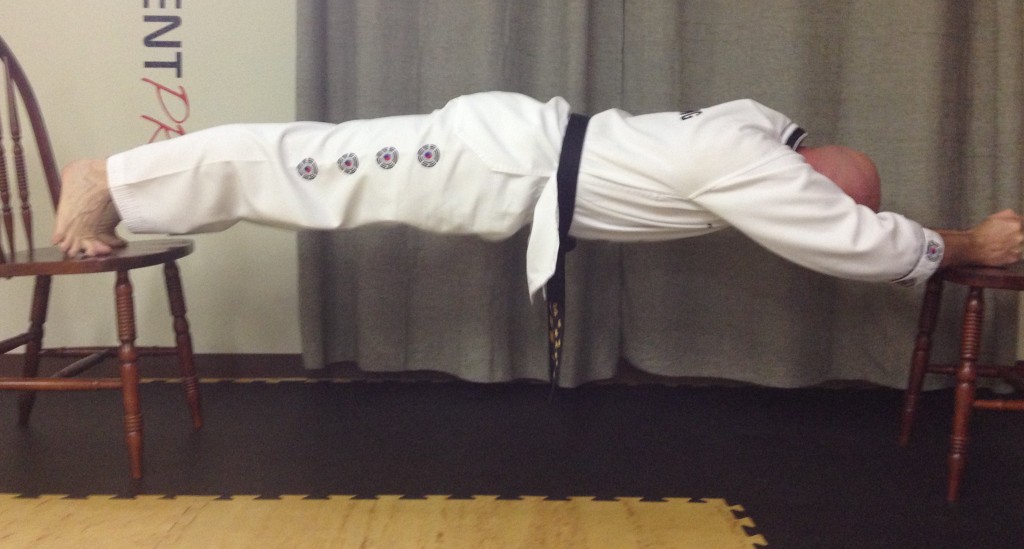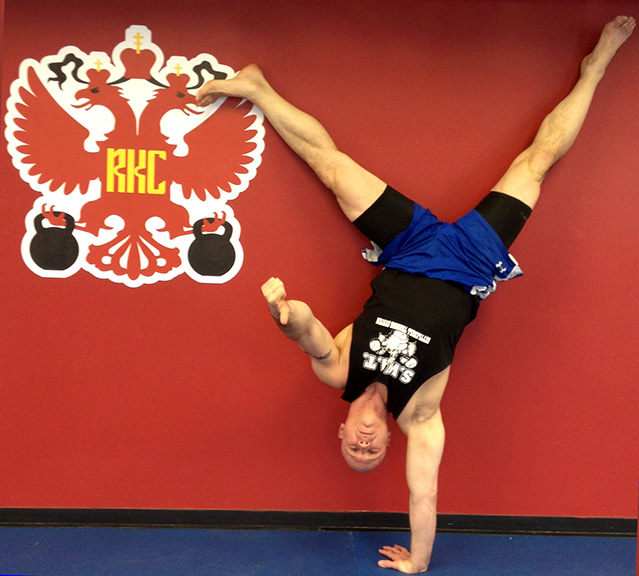Yesterday, in the sultry middle of the afternoon, I went outside to do some sprints. There is a hill in the far corner of my neighborhood of the perfect gradation for this kind of work, and at the top, standing all alone, is a tree. After my rounds, I inspected the tree and made the wonderful discovery that this loveliness was a producer of blackberries, fresh, dark and delicious. I picked some, and ate. The verdict was that they were of top quality, and not costly; so I thought I’d gather two or three bunches, carry them home, and making an honest pie out of my efforts, but at the last minute decided against it. Pie is no good. Too much sugar, too much work, and I don’t know the first or last thing about baking.
I unquestionably detest the fuss of baked goods, all the measuring that goes along with it. It is too much of a meticulous science for me—I need something that will give me the room to wiggle when I need it, or the ability to make things up as I go along without the promise of dismal results.
Today, and everywhere, all the people are training, following a strictly periodized program, and adhering to their charts and tables of statistics. Everything is baked goods—all the ingredients, now, are measured meticulously; the sets, the reps, and the time between exertions—and nobody has done a whimsical workout in years. Because nobody, so far as I know, has been given the permission to simply throw a bunch of exercises into a skillet and see how it turns out. Even CrossFit, the proposed inventor of stir-fried exercise (proposed…), well now all of them are following some sort of granular programming, too (I would say something further about that here, usually, and then regret it later).
I thought the purpose of exercise, like cooking, was meant to be fun. It’s the whimsy we are missing, now, and it’s the whimsy that can breathe freshness into an otherwise very stale exercise routine. Having said this, I am not against structure of any kind. I measure out ingredients for myself, certainly I do it for my clients, and I bake things—but every so often, like yesterday, I take out the skillet and see what I can come up with on the spot. My creation wasn’t bad either. Sprints and hindu push-ups, ten rounds, resting as little as I needed between efforts. Could have used a little more heat, I think, but overall I was pleased with the dish.
What I say is pretty true. Whimsy has its proper place in training, and can be used usefully. The best place for it, by the way, is for your fat burning stuff. Strength work should be kept largely repetitious, and maybe even a little bit boring—but your conditioning! Ah, yes, your conditioning indeed! Well spruce that right up why don’t you? Throw in some red pepper flakes, a little splash bourbon even, and from time to time, feel free to go out on a limb and invent something new entirely. Mostly when I’m doing it—improvising, that is—I take the same, few basic ingredients (the fundamental human movements: push, pull, hinge, squat, core), and tinker with their ordering and dose. Rarely do I cook with any thing exotic as I’m somewhat cowardly, but maybe you will?
What follows are seven of my more whimsically put together kettlebell complexes. They’ve gained honorable mention here for being well-mannered, even-tempered, thoughtfully assembled, and worth doing.
– Pat
PS – If you enjoy these workouts and kettlebell complexes, I have 101 more of them which you can get HERE, free of charge.
Double Kettlebell See-Saw Thrusters
Grab two bells: males use 2x24kg, females use 2×16. Then, clean the bells into the rack and perform the following:
1 squat to overhead press (right)
1 squat to overhead press (left)
1 squat to overhead press (right + left)
1 squat to overhead press (right)
1 squat to overhead press (left)
1 squat to overhead press (right + left)
Set 15 minutes on the clock, and gather as many quality rounds as you can.
The “Cardio” Workout that Builds Muscle
This I scrapped together on the spot when the strong and lovely Jen Sinkler came down to hang out, swing bells, and eat oysters with me.
Full Body “Girls Gone Strong” Workout
I can claim no credit for this as Molly either zipped it together on the spot or pulled it from out storage, I never asked which.
She explains the need to know in the video.
How to Crawl Your Way to Better Fitness
It was chilly weather when the Aleks “The Hebrew Hammer” came to town, but we were excited to see what the mixture of our demented brains could come up with.
The Beastmother
Fred, the groundhog who lives outside of the Dragon Gym, who is twenty pounds overweight and looks like an objectionable dog, waits in high anticipation each year for the budding of the peach tree. I was going to say Fred inspired this workout, but he really had nothing to do with it.
A Workout of Just Swings and Goblet Squat
A Complex of Uneven Proportions
This workout requires two bells of opposing sizes—for males I suggest a 24kg and a 16kg, for females a 16kg and an 8kg.
1 double swing
1 double clean
1 double press
1 front squat
2 double swing
2 double clean
2 double press
2 front squat
3 double swing
3 double clean
3 double press
3 front squat
Again, like all the other workouts (unless otherwise noted) set 15 minutes on the clock and accumulate as many quality rounds as you can.
***
About Pat Flynn: Pat Flynn is a certified Russian Kettlebell Challenge instructor, fitness philosopher, and 7th degree blackbelt in hanging out. Pat is the founder of ChroniclesOfStrength.com and chief contributor to the Chronicles of Strength Inner Circle where he shares his best ideas on how to chop fat and multiply muscle through kettlebell complex training. Pat also offers online coaching. It’s expensive, and certainly not for those who are fragile by nature. Email Pat at PatFlynn@ChroniclesOfStrength.com with the subject line of “online coaching” to learn more.


